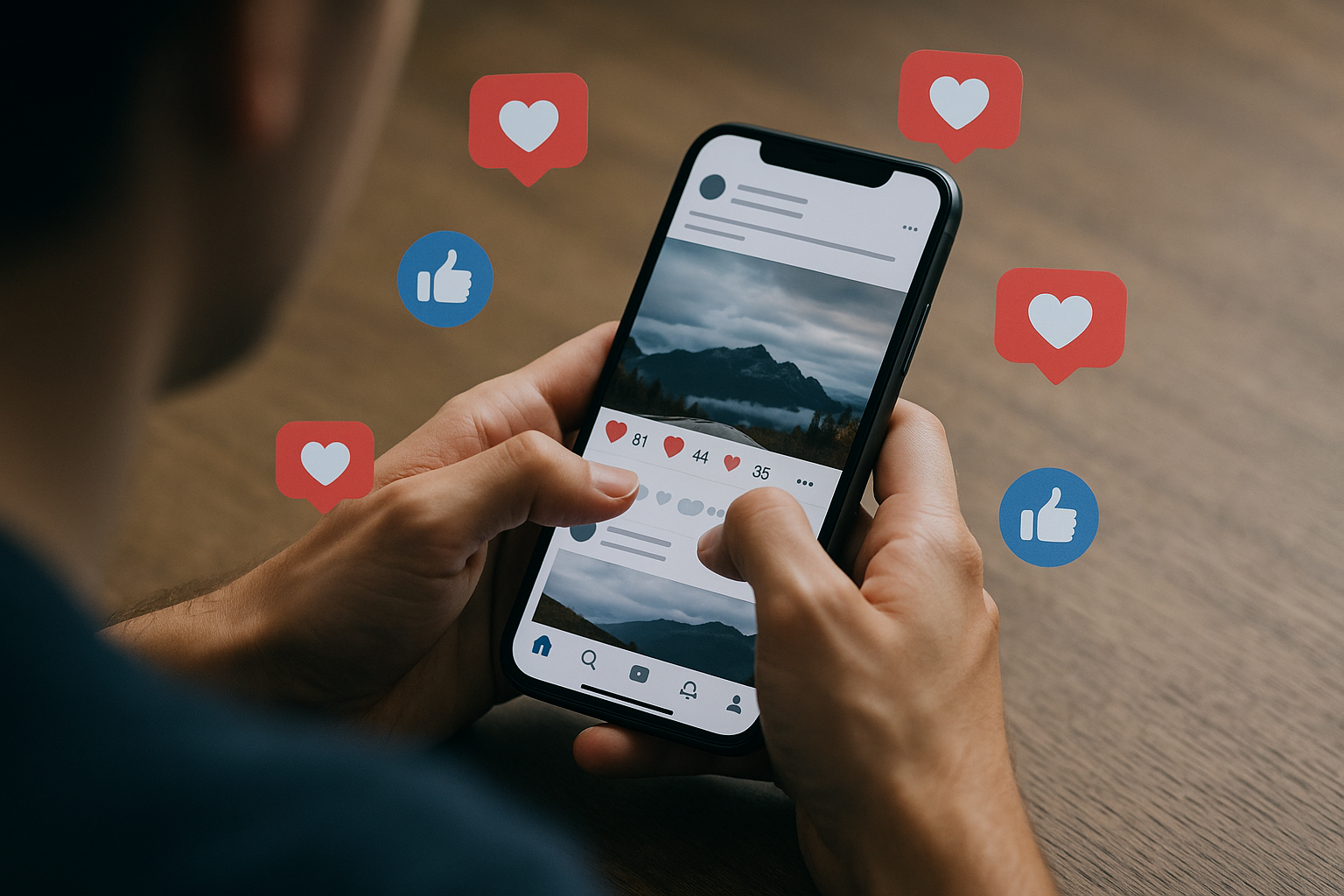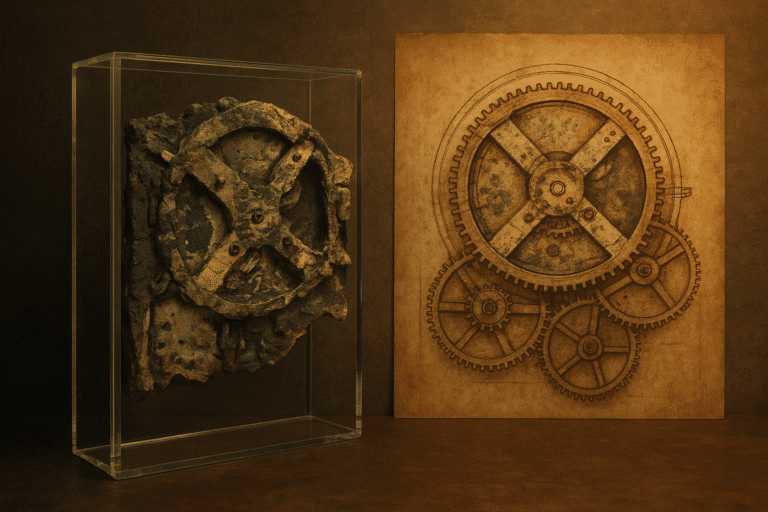This website is in the works! Things will get fixed with time.
How algorithms decide what we see on social media, and how that might shape our beliefs more than we realize
It happened on an ordinary Tuesday morning. I was sitting in a small café, laptop open, nursing my second coffee of the day. The place was buzzing with the quiet symphony of clinking cups and hushed conversations, yet my attention was glued to the glow of my phone screen. I had promised myself only a quick scroll through social media before getting back to work. Five minutes, no more.
Thirty minutes later, I was still there. My feed had pulled me into a rabbit hole: a friend’s post about a new book, followed by a video of a protest on the other side of the world, then an oddly specific ad for something I had mentioned in passing the night before. It felt like the platform knew exactly which threads to tug to keep me scrolling. That was the moment a question gnawed at me: Who really decides what I see — me, or the algorithm?
The Illusion of Choice
We like to believe that our social media feeds reflect our interests, that the posts and videos we consume are somehow a mirror of who we are. But the truth is far more complicated. What we see is filtered, ranked, and curated by algorithms — vast invisible systems designed to maximize our engagement.
It isn’t about truth, fairness, or even relevance. It’s about attention. Every second we spend scrolling is a second that can be monetized, a slice of our focus auctioned off to advertisers. And so, the algorithm serves us not the world as it is, but the world as it keeps us hooked.
A Journalist’s Obsession
That day in the café, I couldn’t shake the thought. So I decided to dig deeper. Over the next few weeks, I spoke with researchers, tech insiders, and even a former employee of a major social media company. I read studies about algorithmic bias, filter bubbles, and how engagement-driven systems shape public opinion.
One researcher told me bluntly: “The feed isn’t neutral. It’s designed to predict what will keep you there, even if that means showing you half-truths, outrage, or conspiracy theories.”
Another described algorithms as “digital puppeteers.” They don’t care about the content itself — whether it’s cat videos or political propaganda — only about whether you’ll keep watching. And because outrage and fear are powerful emotions, those often rise to the top.
The Stories We Don’t See
What struck me most was not just what the algorithm shows us, but what it hides. In my own experiment, I created two accounts with different browsing habits. Within days, the feeds were completely different worlds. One was filled with news about climate change, the other with articles dismissing it as a hoax. Same platform, same day, two entirely different realities.
This isn’t an accident — it’s the result of personalization taken to the extreme. The feed shapes not only what we believe, but also what we never even get the chance to question.
The Consequences
The invisible hand of the feed doesn’t just waste our time; it molds our perspectives. It determines which voices we hear and which are silenced. It can make us feel angrier, more divided, or more certain in our own biases. And the scariest part? Most of us don’t even realize it’s happening.
I kept thinking back to that café morning, when I lost half an hour to a feed that seemed to know me too well. Multiply that by billions of people and countless hours, and you begin to understand the scale of the influence.
A Personal Reckoning
After weeks of digging, I came to an uncomfortable conclusion: I’m not fully in control of my digital diet. None of us are. The feed is like an invisible editor, constantly making choices on our behalf, shaping the stories of our lives.
That realization changed the way I use social media. I still scroll, of course — I’m human. But I’ve started to question the feed, to ask myself: Why am I seeing this? Who benefits from me engaging with this post? Sometimes I try to step outside the algorithm entirely, by seeking out information directly from diverse sources rather than letting the feed dictate the menu.
The Question That Remains
On some nights, when I close my laptop and think about the day, I can’t help but wonder: what kind of world are we building when our collective attention is steered by invisible systems designed for profit?
Maybe the better question is: What kind of world are we not seeing because of it?
That question still haunts me. It started in a café, with a coffee and a scroll. Now, it follows me every time I open my phone. The invisible hand of the feed is always there, guiding, nudging, deciding. And the more I notice it, the more I realize how little of it I can control.
Links:






